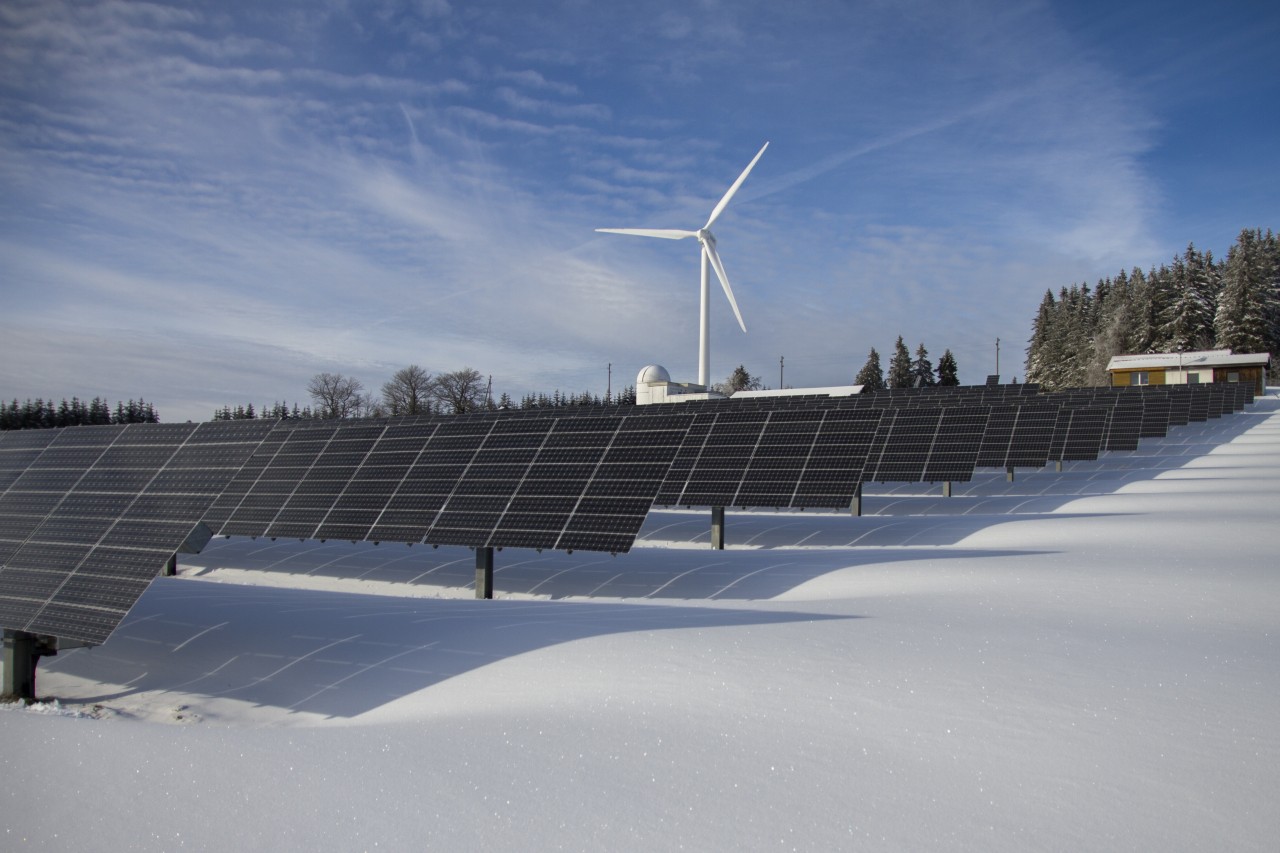
Topology simplification and safety increase of renewable energy grid integration
A Nine-Level Split-Capacitor Active-Neutral-Point-Clamped Inverter and Its Optimal Modulation Technique
Within the last years, the active neutral-point clamped (ANPC) topology is becoming the dominant solution in grid integration of renewable energy sources like PV or wind due to its increased level of flexibility with respect to modulation strategies.
Our Team from the research area "Mechatronic and renewable Energy Systems" proposes a novel hybrid nine-level inverter for high-efficiency applications based on the popular five-level active-neutral-point-clamped (5L-ANPC) topology. Compared with conventional ANPC-based topologies, this inverter reduces the required number of active and passive components while avoiding the use of higher voltage switches. Only nine active switches with eight gate drivers and two discrete diodes are used in each phase-leg. Moreover, the proposed inverter not only reduces the number of flying capacitors (FCs) but also their rated voltages, which has a positive impact on the reliability, volume and cost of the converter. Based on switching state redundancies, a voltage control strategy for FCs and neutral point (NP) is developed and incorporated into the phase-disposition pulse width modulation (PD-PWM) technique. The developed control method is able to balance the voltages of the FCs with only one sensor under active and reactive power operation.
Based on the designed modulation strategy, a mathematical analysis is carried out to determine the capacitance of the FCs. Read more details in the published article.